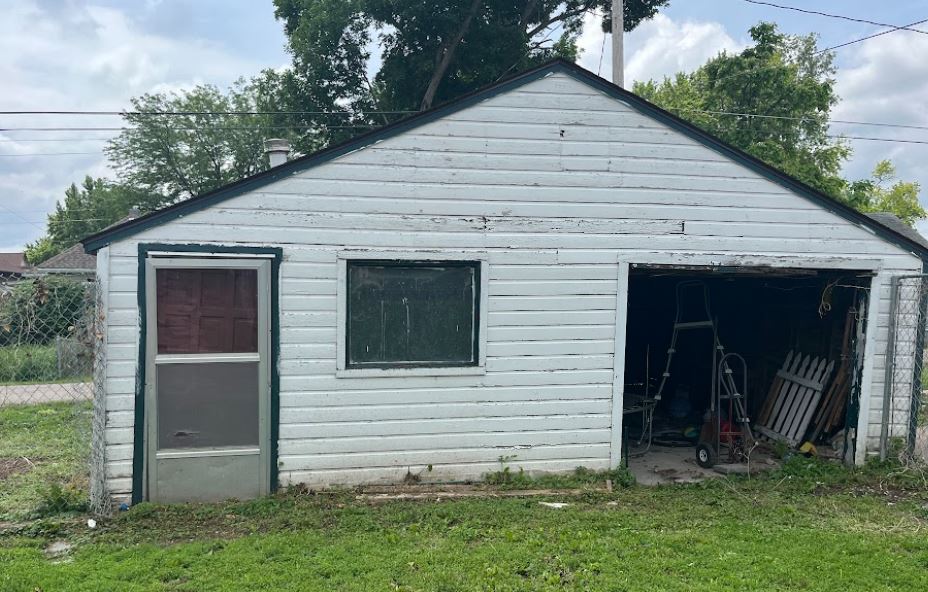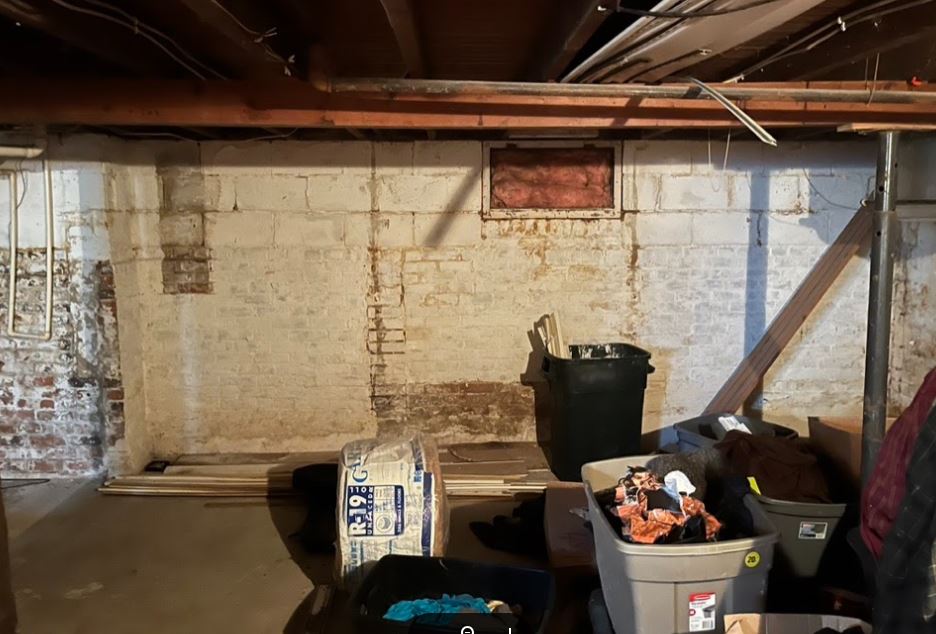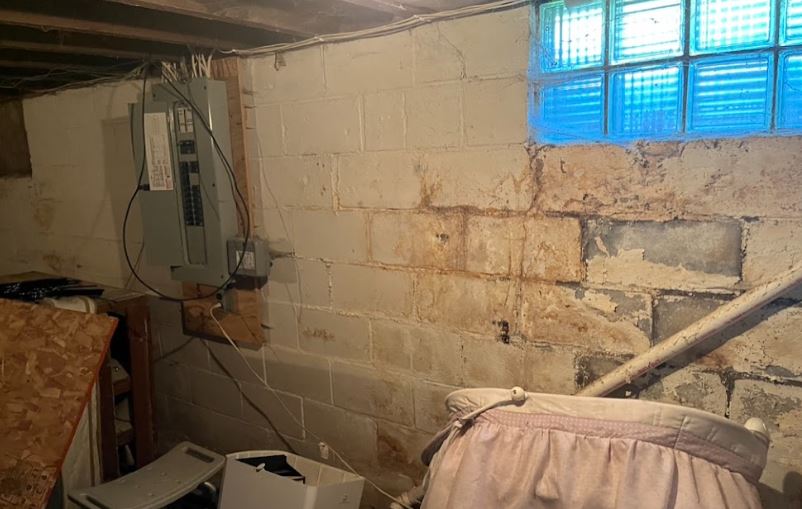
What is Physical Distress in Properties (Quick Guide)
We often hear about "distressed properties" when someone is having financial trouble.
But did you know a property can be distressed physically too?
Yep, that’s right. From structural issues and mold to pests and hazardous materials, homes can have all sorts of physical problems that turn them into distress properties.
In this post, I'll go over the most common types of physical distress in properties.
Structural Issues
Structural issues are some of the worst problems a distressed property can have.

This includes things like:
- Cracked foundation
- Sagging floors
- Bowing or cracked walls
- Failing roofs
- Lintel failure
These problems can not only make the property look unsightly, but they can also compromise the overall safety and integrity of the building.
Fixing structural issues is not that easy either. They often need extensive and costly repairs by contractors, including engineers and construction specialists.
Trying to DIY them can be extremely dangerous and may even make the problem worse.
For more detailed info, read: Structural Damage In Distressed Houses
Mold Or Water Damage
Mold and water damage is another sign of physical distress that often goes hand-in-hand.
Excess moisture, whether from leaks or poor ventilation, can create the perfect environment for mold to grow, which can spread unseen within wall cavities, attics, and crawl spaces.
And mold doesn't just look unsightly - it can also cause serious health problems, especially for people with respiratory issues or allergies.
Water damage can come from lots of places like leaky roofs, busted pipes, or bad drainage.

It will rot wood, rust metal, and mess with the whole structure of the building.
To deal with mold and water damage, first identify and address the source of the moisture.
You might have to:
- Repair leaks
- Improve drainage systems
- Upgrade the ventilation.
Once the moisture problem is under control, you'll need to thoroughly clean and treat any affected areas to remove the mold.
For more detailed info, read: Mold And Water Damage In Distressed Houses
Pest Infestations
Pests infestations are also a source of physical distress in properties.
Whether it's rodents, insects like termites, cockroaches or bedbugs, or even wildlife like birds or raccoons, these unwanted guests can cause all sorts of problems.
They can burrow into walls, chew through wiring, and leave behind unsanitary waste that can be a health hazard.
If this is the case, you need to identify what kind of pests you're dealing with first.
Once you know what you're up against, you can call in an exterminator.
They'll use methods like setting traps, using pesticides, or sealing up entry points to prevent the pests from getting in.
But getting rid of the pests is only half the battle - you also need to address any underlying issues that might be attracting them in the first place.
For more detailed info, read: Pest Infestation In Distressed Homes
Hazardous Materials
Some properties might contain hazardous materials like:
- Asbestos
- Lead
- Radon
These can pose serious health risks to anyone in the building.
Breathing in or being around these materials can cause respiratory problems, neurological issues, or even cancer.
If you think there might be dangerous stuff in your property - call a licensed pro in to check it out and see how bad it is. And they'll do what needs to be done.
It might mean moving people out for a bit or following strict safety rules while they sort it out.
Dealing with hazardous materials is not something you want to tackle on your own.
For more detailed info, read: Common Household Hazardous Materials
Deteriorated Features
Deteriorated features are not as critical as structural issues, but it contributes to physical distress of a property.
Over time, stuff like crumbling brickwork, peeling paint, worn-out floors, or busted windows and doors can really make a place look bad.
But it's not just about looks - these can turn into bigger problems if you don't deal with them.
For example, cracks in the brickwork can let moisture in, leading to mold and water damage. And old windows and doors can make your place less energy-efficient and less secure.
The smart move is to keep an eye on these problems and fix them up before they get worse.
It'll save you a lot of trouble down the road.
